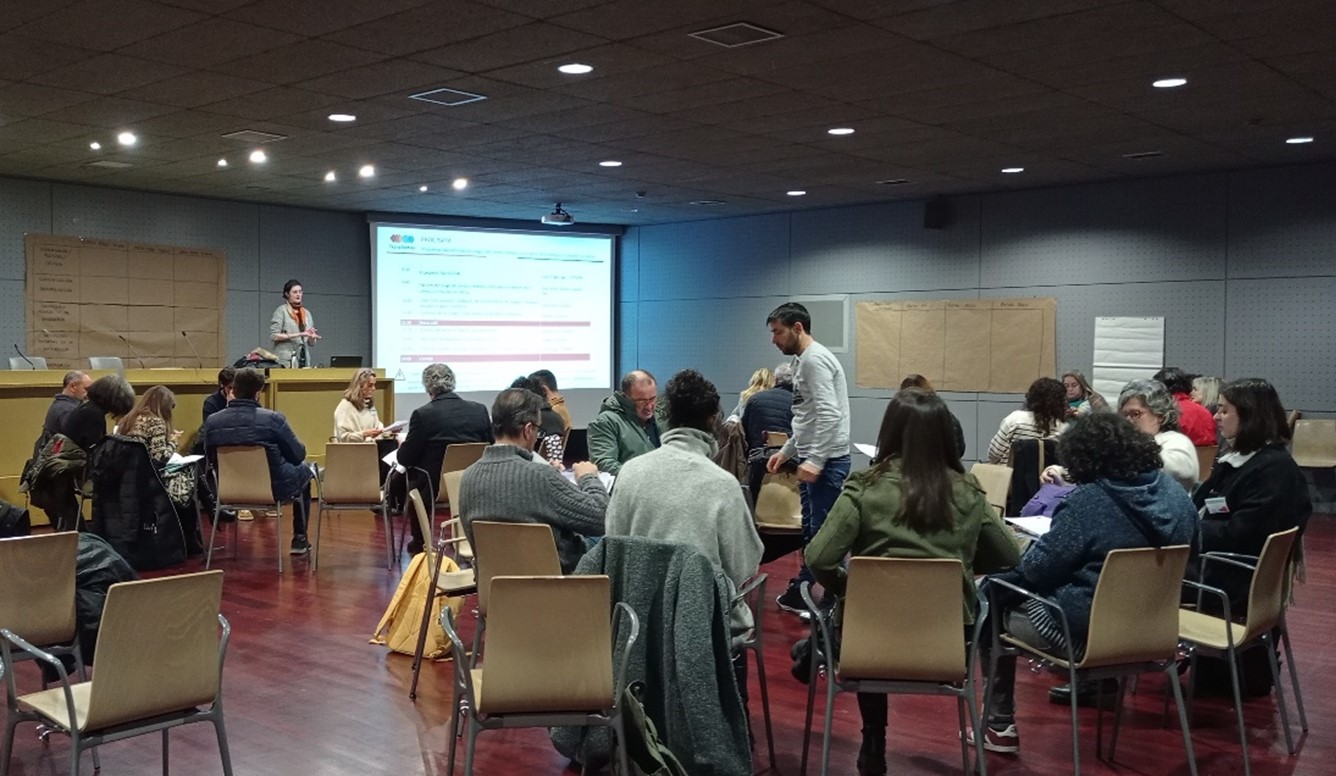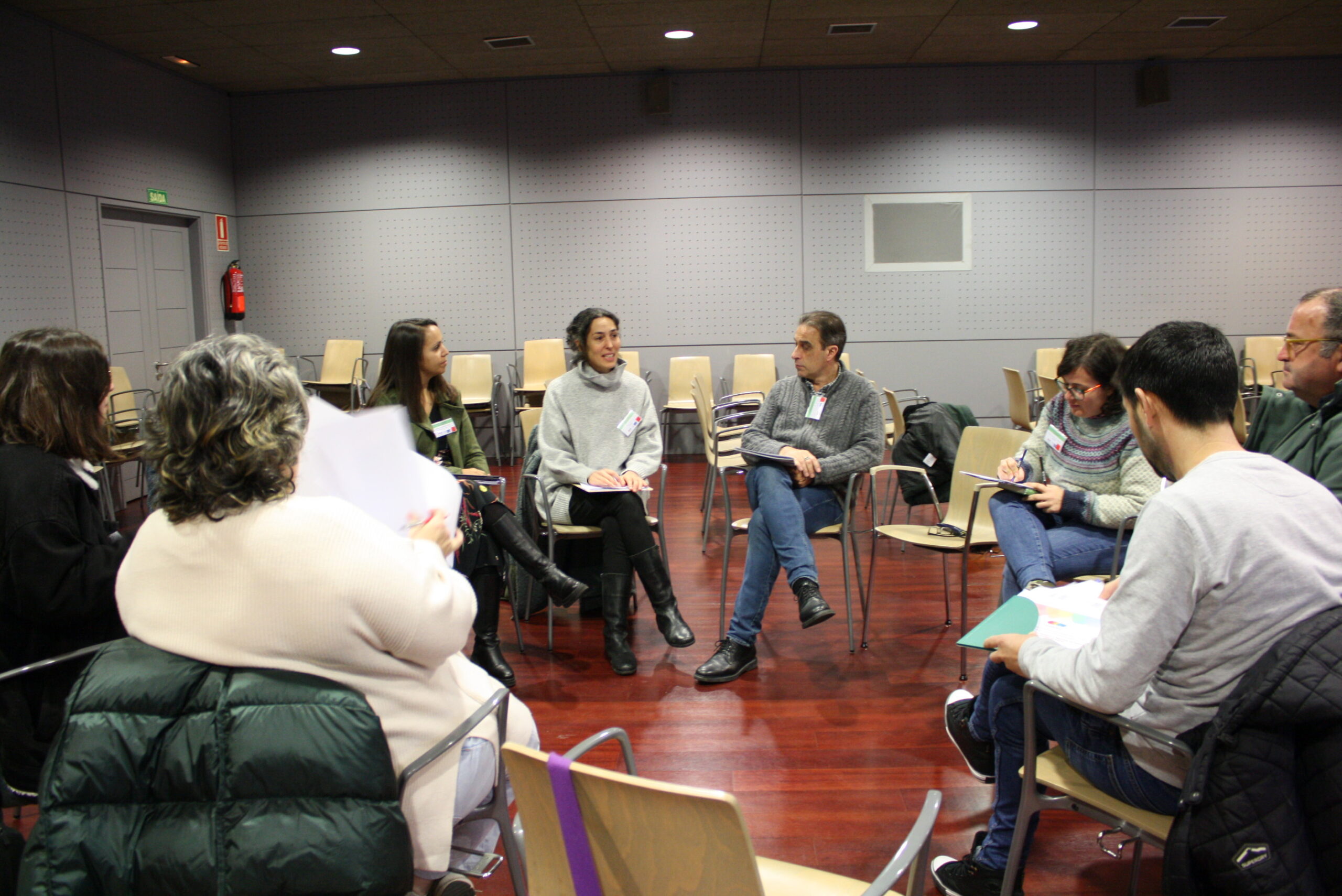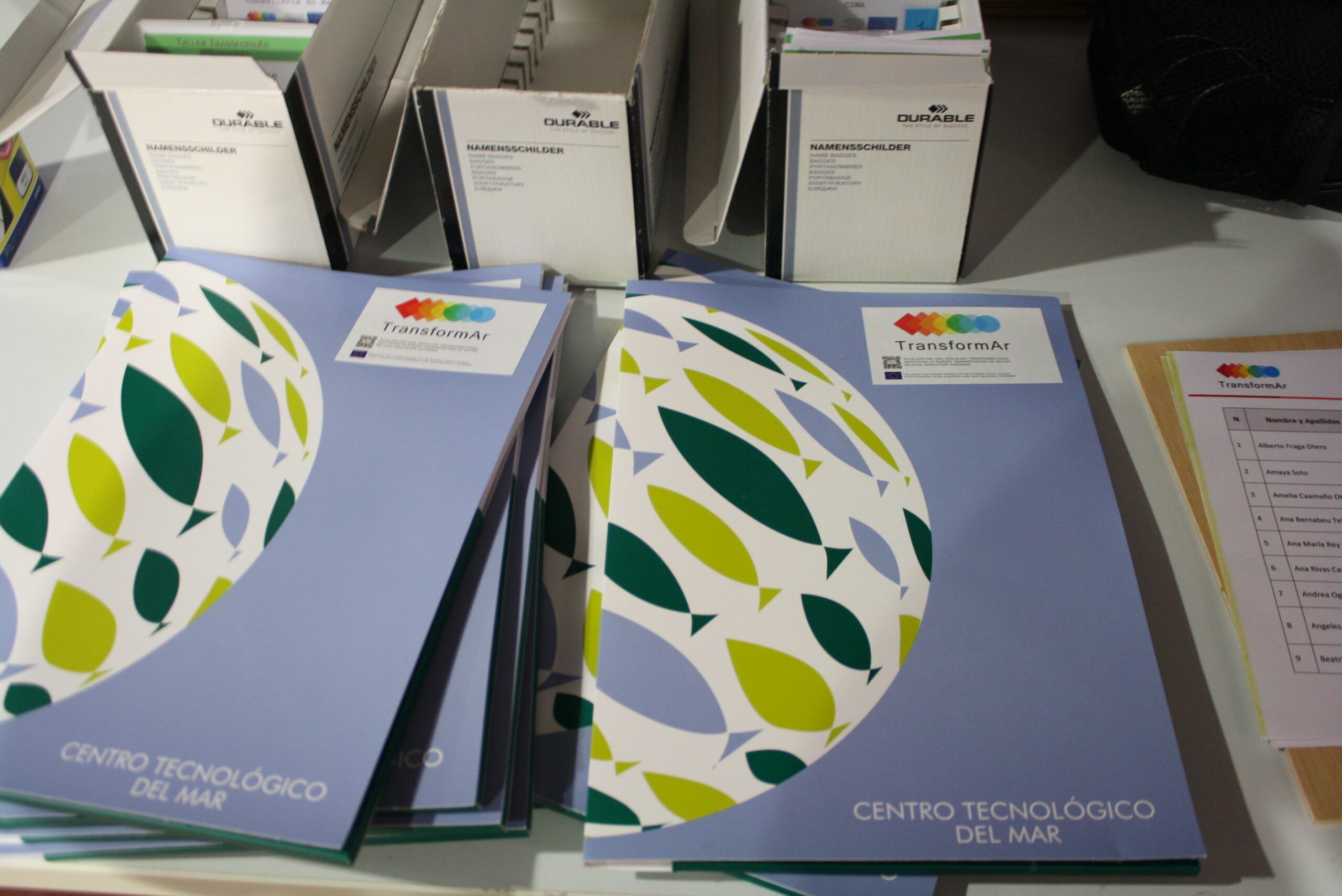Our Galician demonstrator from Spain conducted in end 2022 and January 2023 bilateral meetings, and its workshops to co-construct adaptation pathways as all other TransformAr’s demonstrators did. The sessions involved a total of 26 organizations and were coordinated by Centro Tecnológico del Mar – Fundación CETMAR, supported by the University of Vigo (UVigo) as well as experts from the CSIC Instituto de Investigaciones Marinas (IIM-CSIC). Organisations from the fishery sector, representing the producers, the administration, the research, the society and the environment have collaborated in this exercise. They received scientific information on the most relevant climate risk expectations and their impact in Galicia[1]. Likewise, they were invited to share their perception of CC and possible adaptation measures, and proposals. The Galician demonstrator will be a pioneer in testing solutions through a case study aimed at the mussel and clam culture sector adaptation. The main climate change hazards likely to impact these sectors, identified by the participants and the partners for the region are:
- Changes in salinity/rainfall and runoff regime,
- Systematic increase in the surface temperature of the sea water,
- Alteration of the winds / upwelling, and
- Increase in the frequency and intensity of extreme events in winter: waves/storms
This would entail great impacts on the mussel and clam culture which are vital sectors of the region, notably on the habitat (growth, survival, seasonality and reproductive cycle etc.), invasive species or modification of existing populations and erosion/modification of sedimentary banks or floods.

Table 1 – Correlation of hazards and risks
From the analysis of the context, exposure, risks and vulnerability of the region, participants brainstormed on the risks chain, associating identified hazards and the risks it could represent for clam and mussel cultures.
They eventually prioritized the main identified risks from low to high risks, resulting in the identification of the main risks that should be tackled. The final risk chain based on participants perception and feedback is illustrated in Figure 1.

Figure 1 – Risk chain overview
Following the Playbook methodology, participants then worked on defining critical thresholds for these risks. The workshop was a great opportunity to agree on the need for more local and accessible data and also a forum to launch a first discussion on the existing risks, and then necessary data that would enable a thorough monitoring of each one of them.
Although critical thresholds due to CC are certainly unknown, any impact on production must be associated with adaptation measures. Thus, in order to reflect on the alternatives and be able to define adaptation strategies, four levels of impact of CC were proposed as follows:
- A low impact of CC, a production loss of 10% which may be a common situation due to other reasons.
- A medium impact, a production loss of 30% which is a difficult situation to endure.
- A high impact, a production loss of 60% which is hardly recoverable.
- A very high impact, a production loss of 100%, which means the closure of the activity.
Starting from these critical thresholds, stakeholders were invited in a third and last session to share their vision of the region on the long-term and proposing solutions as a first step towards transformative adaptation pathways. To do so, a catalogue of solutions regarding governance, awareness, technical, nature-based and research and innovation was presented. Participants were invited to select the most relevant ones and add further solutions they deem necessary. They organized them in the short, medium or long term before finally estimating the viability of the solutions in hypothetical low, medium, high and very high-risk scenarios as illustrated in Table 2.
Table 2 – Viability of the solutions in a scenario of low, medium, high and very high impact
These results show the direction of the proposals and priorities that the participants considered for eventual routes to the risks detected. It is a good baseline reference for future actions in the region, which contemplate a more rigorous, systematic and long-term consultation process.
The results obtained are also useful to the extent that they offer proposals and ideas for adaptation. However, there is a need to obtain longer data series and their analysis to support decision-making, propose strategies and apply specific adaptation actions suitable for the sector.
The satisfaction survey circulated after the workshop showed that almost all participants recognize that this type of meeting improves communication between people from research, administration and the sector to find joint solutions. The general feeling was that more meetings like the one held are necessary because it was positively valued the fact to participate in the process to propose measures for adaptation to climate change.
Learn more about the context and solutions TransformAr aim to deploy in our demonstrator in the dedicated page: Demonstrator #5 – Galicia region, Spain






